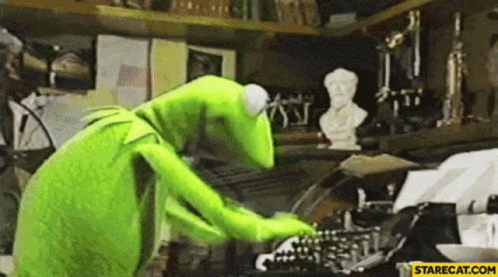Leo Entertainment Threadcast.
- Feel free to share all entertainment updates across the world
- Entertainment shorts and long videos are welcome
- You can paste the link of any video and invite your friend to join you to watch it as discussion goes on
- You can invite friends and make a chat section as you enjoyed your activities on Leo, different entertainment activities are welcome
Don't forget to subscribe to @mightpossibly, so you can be able to use the #aisummaries tool to feed in YouTube entertainment video on this cast.
4/12/2024#threadcast #leoentertainment #mcb
Pushing it to the limit. Love to see it! 💪💪💪

Thanks Boss, always at your service ☺️☺️☺️☺️☺️..

!summarize
!summarize
!summarize
!summarize
!summarize
!summarize
!summarize
!summarize
!summarize
!summarize
!summarize
!summarize
!summarize
!summarize
!summarize
!summarize
!summarize
!summarize
!summarize
!summarize
!summarize
!summarize
!summarize
!summarize
!summarize
!summarize
!summarize
!summarize
!summarize
!summarize
!summarize
!summarize
!summarize
!summarize
!summarize
!summarize
!summarize
!summarize
!summarize
!summarize
!summarize
!summarize
!summarize
!summarize
!summarize
!summarize
!summarize